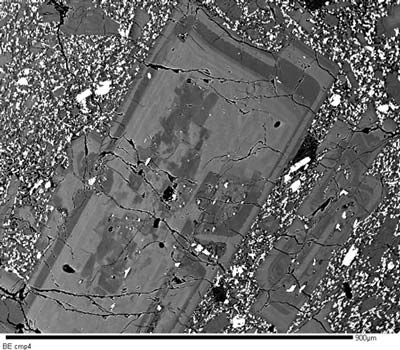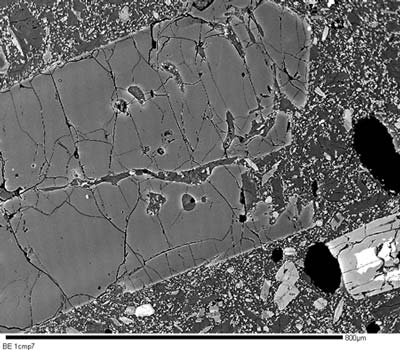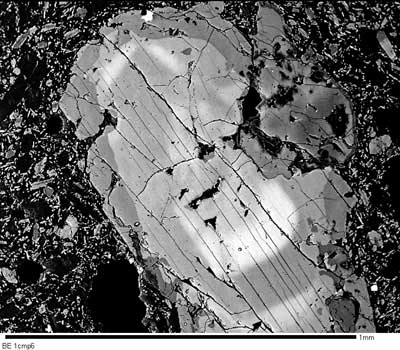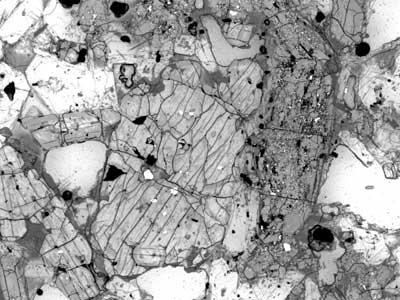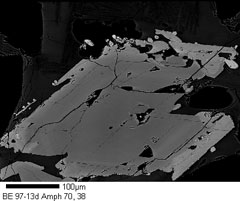MIT Experimental Petrology Laboratory
Department of Earth, Atmospheric & Planetary Sciences
Building & Room: 54-1220
Massachusetts Institute of Technology
Cambridge, MA 02139
E-mail: petrolab-www@mit.edu
| Subduction zone magmas
| Origin of Lunar basalts
| Martian mantle melting and water on Mars
|
| Oregon High Lava Plains
| Diffusion in mantle minerals
| Core formation
|
* Northern slopes of Mount Shasta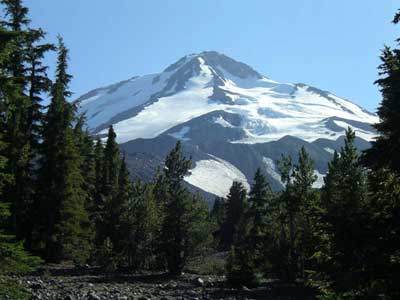
SUBDUCTION ZONE MAGMASA focus of our research group has been the study of magmatic processes in subduction zone environments. Our interests in this problem are wide ranging. One recent area of focus is on the conditions and mass transfer processes in the subducted lithosphere and overlying mantle wedge that lead to the unique major and trace element abundance signatures observed in subduction zone magmas. Graduate student Christy Till is pursuing experimental and field studies to learn more about these processes. Quantifying the role of H2O in the melt generation process is also of central interest. By obtaining estimates of pre-eruptive H2O contents of primitive arc magmas, we can constrain the pressure and temperature conditions of melting and estimate the trace element and isotopic compositions of components that are added from the slab. Our work in the Mt.Shasta region of California continues with both laboratory experiments and field work to understand the nature of mantle melt inputs and the processes of crustal level differentiation that have led to the production of the lavas at the Cascade's largest volcano. Click below for backscattered-electron images and photomicrographs showing interesting textures of subduction-related lavas: 1. |
![]()
![]() E-mail: petrolab-www@mit.edu /
©2009-2012 Massachusetts Institute of Technology
E-mail: petrolab-www@mit.edu /
©2009-2012 Massachusetts Institute of Technology
 National Science Foundation
National Science Foundation
